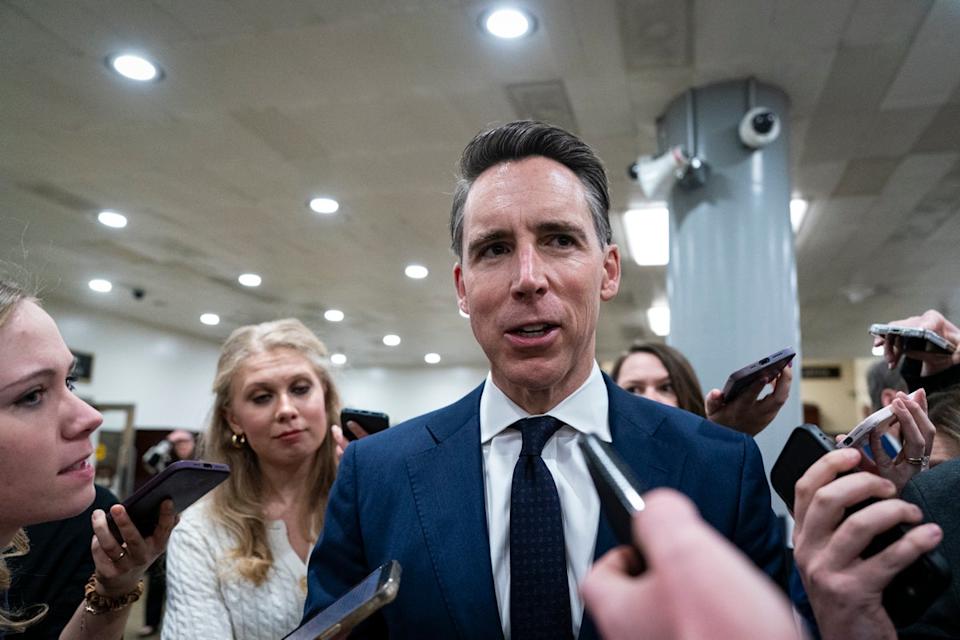How Child Care Policies Are Shaping the American Family

Child care remains a central issue for American families, influencing not only household finances but also decisions about work and family life. Rising costs, evolving government policies, and changing societal expectations have made quality care for children both a necessity and a challenge. Understanding these dynamics is crucial for parents, policymakers, and all who advocate for children's well-being.
The Rising Cost of Child Care in the U.S.
For families across the country, the high price of child care often feels overwhelming. According to recent data, the average annual cost for one child can reach up to $11,000, with some cities experiencing even higher rates. This means many families spend a significant portion of their income just to ensure their children receive the necessary supervision and early learning opportunities. The economic strain is particularly acute in larger metropolitan areas, where child care can sometimes exceed the cost of housing or college tuition.
Policy Debates and Family Choices
As costs rise, political leaders and policymakers continue to debate the best way forward. Some voices advocate for more government subsidies and support for working parents. Others push for a return to traditional family structures, encouraging one parent to stay home.
A detailed Yahoo News article explains how new policies are being discussed at the federal level, including expanding cash incentives and adjusting tax credits to make it easier for parents to stay at home. The debate centers around giving families the freedom to make the best choices for their situation, whether that involves paid care outside the home or dedicating more time to parenting.
These discussions have deepened as both Republican and Democratic lawmakers propose different solutions. While some push for larger child tax credits, others stress the need for paid family leave and more substantial financial support for day care. Still, as highlighted in a Peoples Dispatch analysis, efforts to cut federal child care provisions like Head Start have raised concerns. Critics argue that reducing access to affordable, quality programs could limit opportunities for parents—especially women—to stay in or return to the workforce.
Impact on Families and Gender Roles
These shifting policies don’t just affect logistics—they shape the daily lives of millions of Americans. Over 60% of mothers with young children now work outside the home, yet many parents express a preference for part-time work or home-based parenting if finances allowed. The tension between economic need and personal preference is at the heart of the child care conversation.
Meanwhile, changes in federal funding and incentives can shift the balance. Reducing public child care programs might encourage more parents to stay at home but could also restrict the career choices, independence, and security of caregivers, especially mothers. Programs like Head Start, which have helped countless families, face uncertainty as budget debates continue.
Looking Ahead
Child care will remain a defining issue as the nation considers not only how to invest in children but also how to support working parents. The right mix of affordable options and parental choice is essential for a healthy society—and balanced family life.
For more in-depth discussion and perspective on the current state of child care policies, see recent coverage from nytimes.com as well.
As lawmakers and advocates work to address challenges, it’s clear that the choices made today will echo in the lives of families for generations to come. Whether your family relies on outside care, benefits from public programs, or chooses a stay-at-home parent, understanding the evolving landscape is more important than ever.